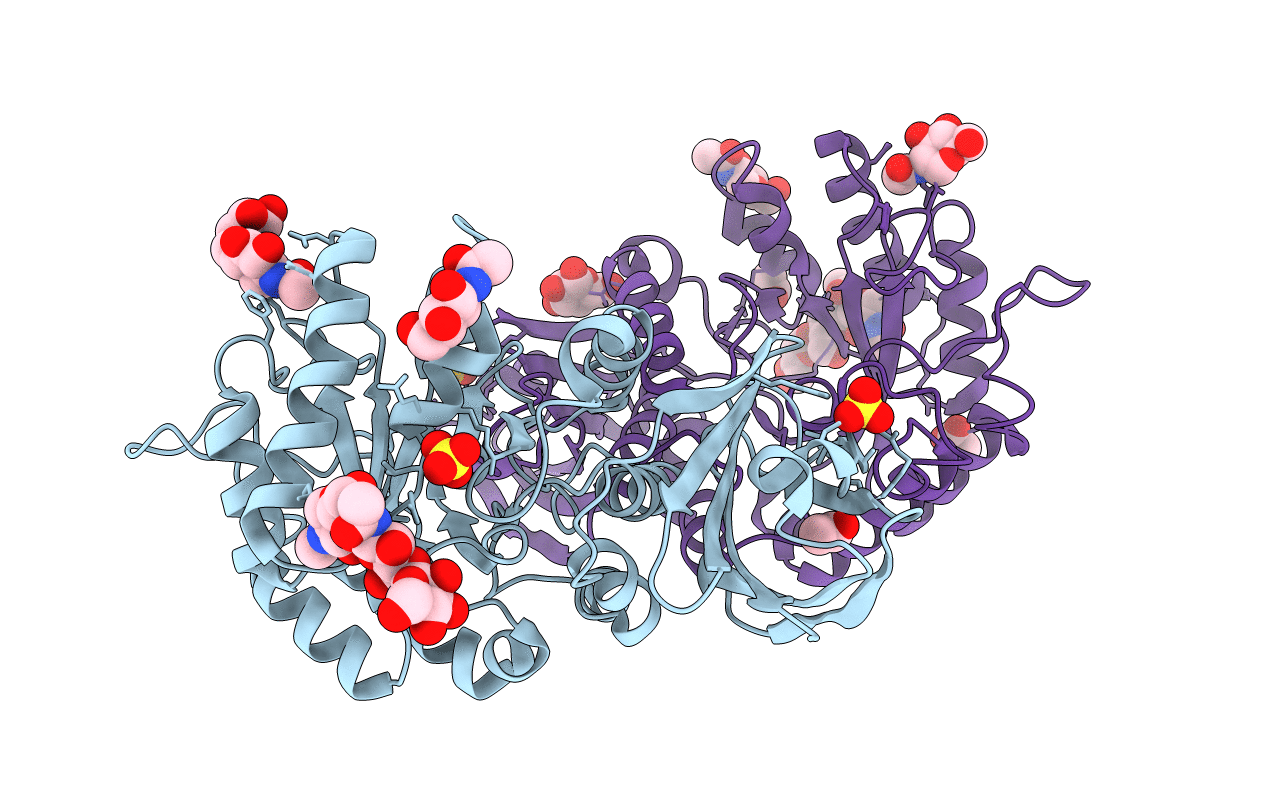
Deposition Date
2009-05-13
Release Date
2009-11-24
Last Version Date
2024-10-09
Entry Detail
PDB ID:
3HG2
Keywords:
Title:
Human alpha-galactosidase catalytic mechanism 1. Empty active site
Biological Source:
Source Organism:
Homo sapiens (Taxon ID: 9606)
Host Organism:
Method Details:
Experimental Method:
Resolution:
2.30 Å
R-Value Free:
0.20
R-Value Work:
0.17
R-Value Observed:
0.17
Space Group:
P 32 2 1


